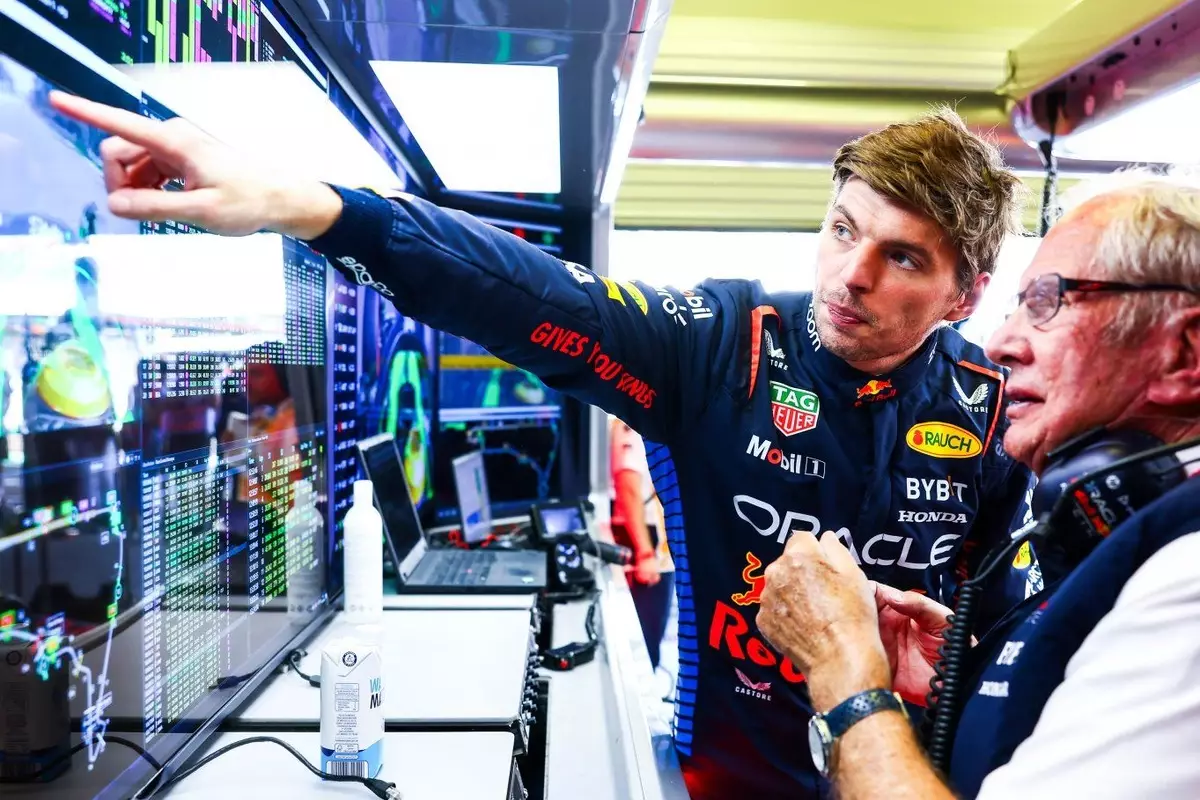As the dust settles on the 2024 Formula 1 season, Red Bull Racing is poised to reassess its strategies for the future. Despite entering the season with aspirations of repeating previous championship successes, the team experienced notable challenges that led to an underwhelming finish. With Max Verstappen ultimately clinching the driver’s title—thanks largely to a head start garnered in early races—the team still found itself relegated to third place in the constructors’ standings, trailing both McLaren and Ferrari. This outcome has catalyzed a pivotal shift in their developmental strategy as they cast their eyes towards the 2025 season.
Motorsport advisor Helmut Marko has vocalized the team’s realization that mere increases in downforce are not the silver bullet to success. Red Bull’s engineers are focusing on enhancing the car’s balance, which they contend is vital for drivers to maintain confidence and composure throughout varying track conditions. The emphasis on achieving a “wider working window” speaks to the need for adaptability; a car that is overly sensitive to minor changes in temperature or setup can be detrimental to performance. Marko’s assertion emphasizes a holistic understanding of racing dynamics—the goal is to create a machine that feels stable and predictable under the hands of its drivers.
This strategic pivot mirrors lessons learned from competitors who have narrowly closed the performance gap in recent seasons. The advancements made by rivals underscore a growing need for Red Bull to not only maintain its competitive edge but to anticipate the challenges that accompany an evolving landscape in Formula 1.
As 2025 approaches, it is vital to recognize the implications of unchanged regulations. The stability of these parameters typically leads to an environment where teams can iterate on existing designs, often leading to a homogenization of car performance. Marko predicts heightened competition, stating that the forthcoming season “will be a close battle at the top,” where innovation must be accompanied by an informed understanding of the limits of the current regulations. The repetition of successful designs, alongside shared learning from each race weekend, only intensifies the pressure on teams to innovate.
Red Bull’s acknowledgment of this reality indicates a desire to outperform expectations and reclaim its title position. By prioritizing balance and handling over a simple boost in downforce, the team appears to be banking on creating a unique advantage that could help navigate the challenges expected in 2025.
A critical component of Red Bull’s developmental strategy is the forthcoming driver lineup. As speculation mounts regarding potential changes, particularly concerning Sergio Perez’s position, the team remains focused on optimizing the car’s characteristics to suit Verstappen’s driving style. In the world of motorsport, particularly at the elite level, the synergy between the driver and the car can significantly influence performance outcomes. Red Bull’s commitment to designing the RB21 with Verstappen’s preferences in mind highlights the team’s willingness to invest in a driver who knows how to extract the maximum potential from his vehicle.
Marko’s confidence that Verstappen will remain with Red Bull as long as the team delivers a competitive car reveals a strategic dependency on nurturing talent that aligns seamlessly with team objectives. A driver partnership that facilitates this balance will be critical in ensuring Red Bull doesn’t lose ground amid the fierce battle projected for the upcoming season.
The path to reclaiming the top spot in Formula 1 for Red Bull Racing is fraught with challenges. The 2025 season promises to be a test of their ability to adapt to both competitive pressures and evolving vehicle dynamics. By prioritizing car balance and predicted handling analytics over the traditional focus on raw downforce, Red Bull is laying the groundwork for a more resilient approach to racing.
As they prepare for potential changes in personnel and refine their vehicle development strategies, there remains a palpable sense of anticipation in the air. The team’s readiness to embrace these changes while remaining competitive is a testament to their commitment to excellence in the world of motorsport, and a clear statement of their intent to recapture championship glory.


Leave a Reply